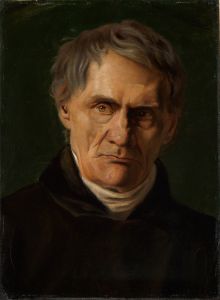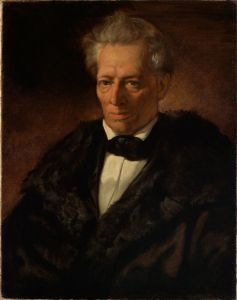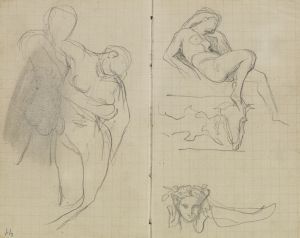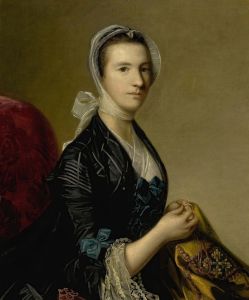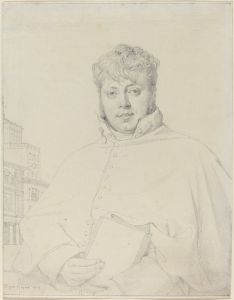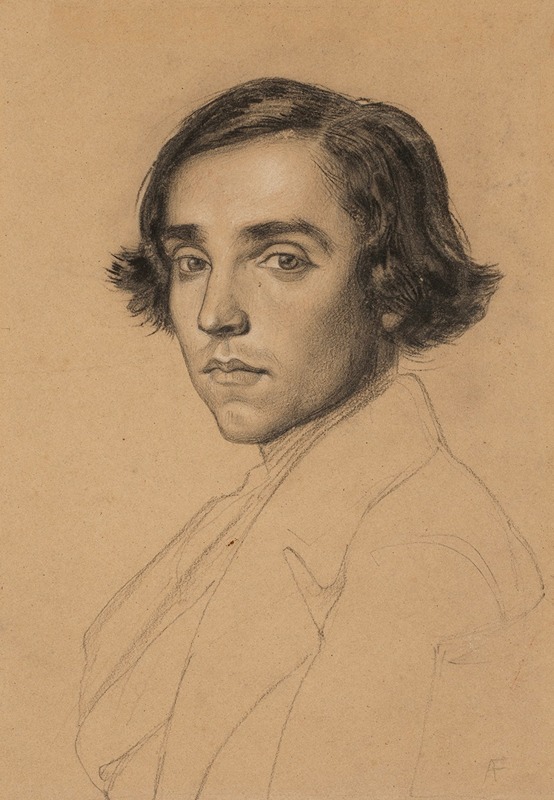
Portrait of a young man
A hand-painted replica of Anselm Feuerbach’s masterpiece Portrait of a young man, meticulously crafted by professional artists to capture the true essence of the original. Each piece is created with museum-quality canvas and rare mineral pigments, carefully painted by experienced artists with delicate brushstrokes and rich, layered colors to perfectly recreate the texture of the original artwork. Unlike machine-printed reproductions, this hand-painted version brings the painting to life, infused with the artist’s emotions and skill in every stroke. Whether for personal collection or home decoration, it instantly elevates the artistic atmosphere of any space.
Anselm Feuerbach was a prominent German painter of the 19th century, known for his classical style and depictions of mythological and historical subjects. One of his notable works is "Portrait of a Young Man," which exemplifies his skill in portraiture and his ability to capture the essence of his subjects with a refined and elegant approach.
Feuerbach was born on September 12, 1829, in Speyer, Germany, into a family with a strong artistic and intellectual background. His father, Joseph Anselm Feuerbach, was a well-known archaeologist, which likely influenced Anselm's interest in classical themes. Feuerbach studied art in Düsseldorf, Munich, and later in Paris, where he was influenced by the works of the Old Masters and the emerging Romantic movement.
"Portrait of a Young Man" is a testament to Feuerbach's mastery in capturing the human form and expression. The painting is characterized by its attention to detail, the subtle play of light and shadow, and the serene yet introspective demeanor of the subject. Feuerbach's use of color is restrained yet effective, often employing a muted palette that enhances the timeless quality of his work.
The young man in the portrait is depicted with a calm and contemplative expression, a common trait in Feuerbach's portraits, which often convey a sense of introspection and depth. The background is typically understated, allowing the viewer to focus entirely on the subject. Feuerbach's technique reflects his academic training and his admiration for the Renaissance masters, particularly the works of Titian and Raphael.
Feuerbach's portraits are noted for their psychological depth and the way they capture the inner life of the sitter. In "Portrait of a Young Man," the artist's ability to convey the character and mood of the subject is evident. The painting does not merely represent the physical appearance of the young man but also suggests a narrative or emotional state, inviting viewers to ponder the thoughts and feelings of the individual portrayed.
Throughout his career, Feuerbach was associated with the Düsseldorf School of painting, known for its emphasis on detail and historical accuracy. However, he developed a distinctive style that combined these elements with a more personal and emotional approach. His work was highly regarded during his lifetime, and he held several prestigious positions, including a professorship at the Academy of Fine Arts in Vienna.
Feuerbach's influence extended beyond his own time, impacting later artists who admired his classical approach and his ability to convey emotion through portraiture. "Portrait of a Young Man" remains an important example of his work, illustrating his contribution to the art of portrait painting in the 19th century.
Anselm Feuerbach passed away on January 4, 1880, in Venice, Italy. His legacy endures through his paintings, which continue to be studied and appreciated for their technical excellence and emotional depth. "Portrait of a Young Man" is a significant piece within his oeuvre, reflecting the artist's dedication to capturing the human spirit with grace and sensitivity.








